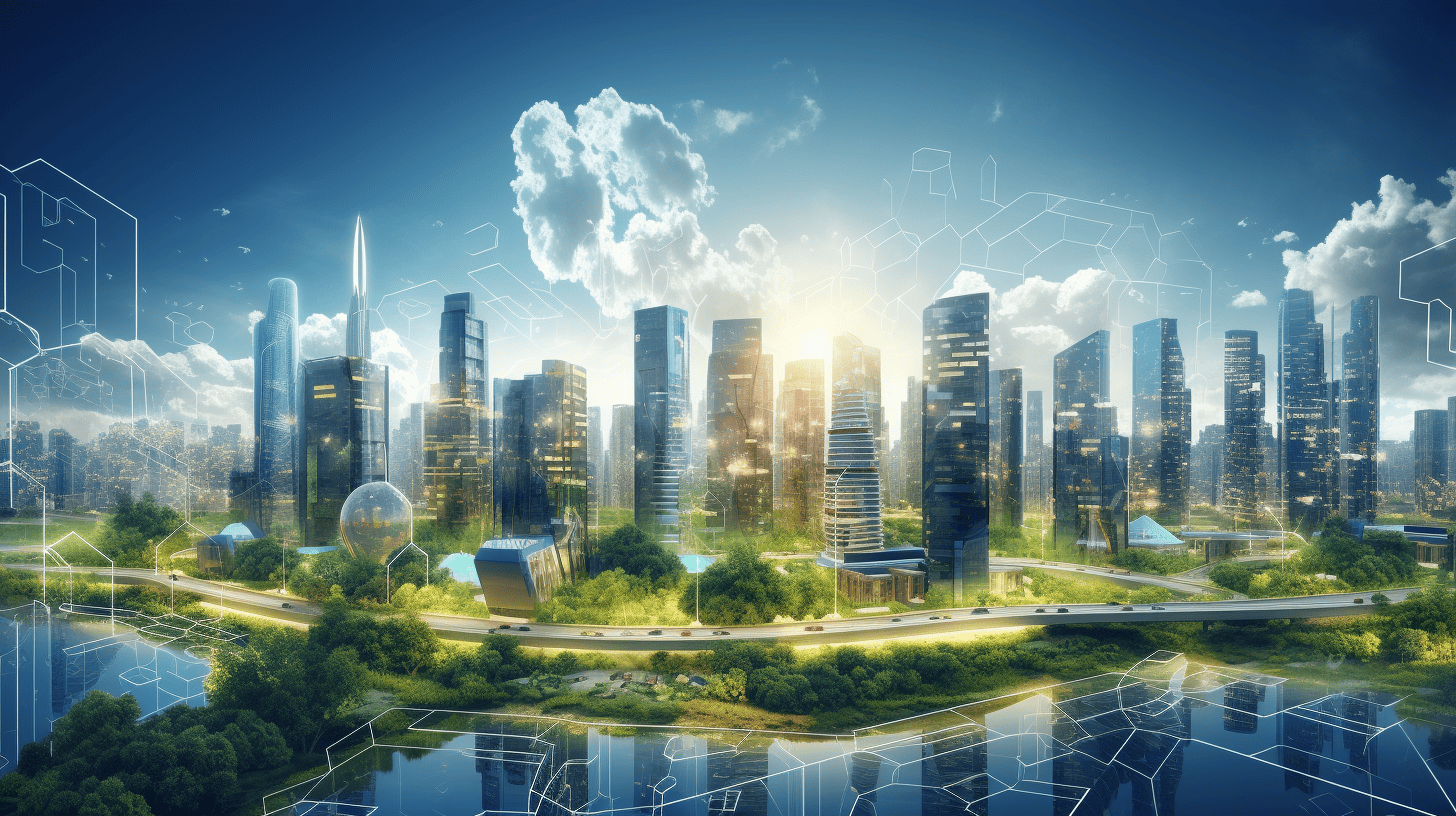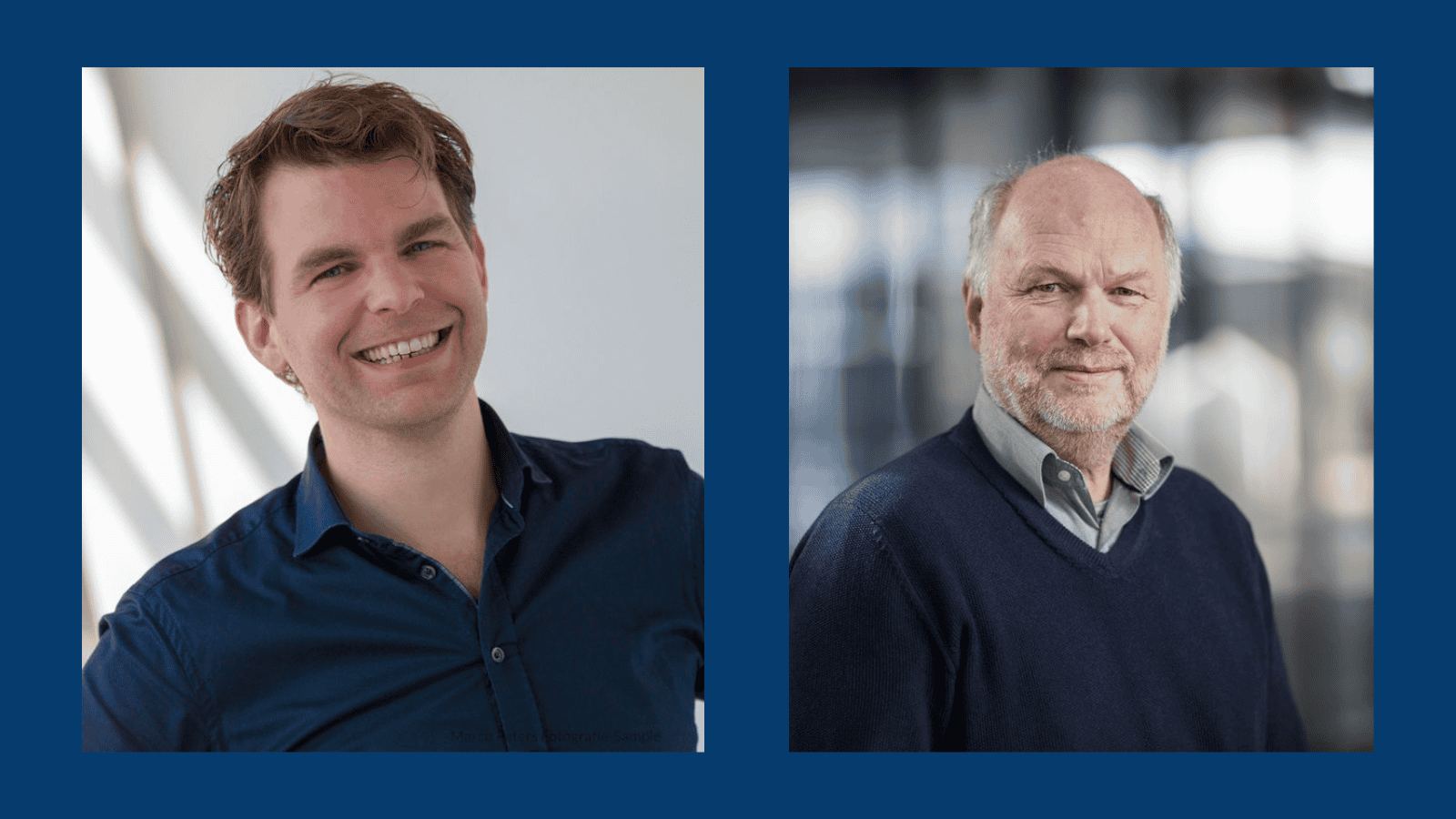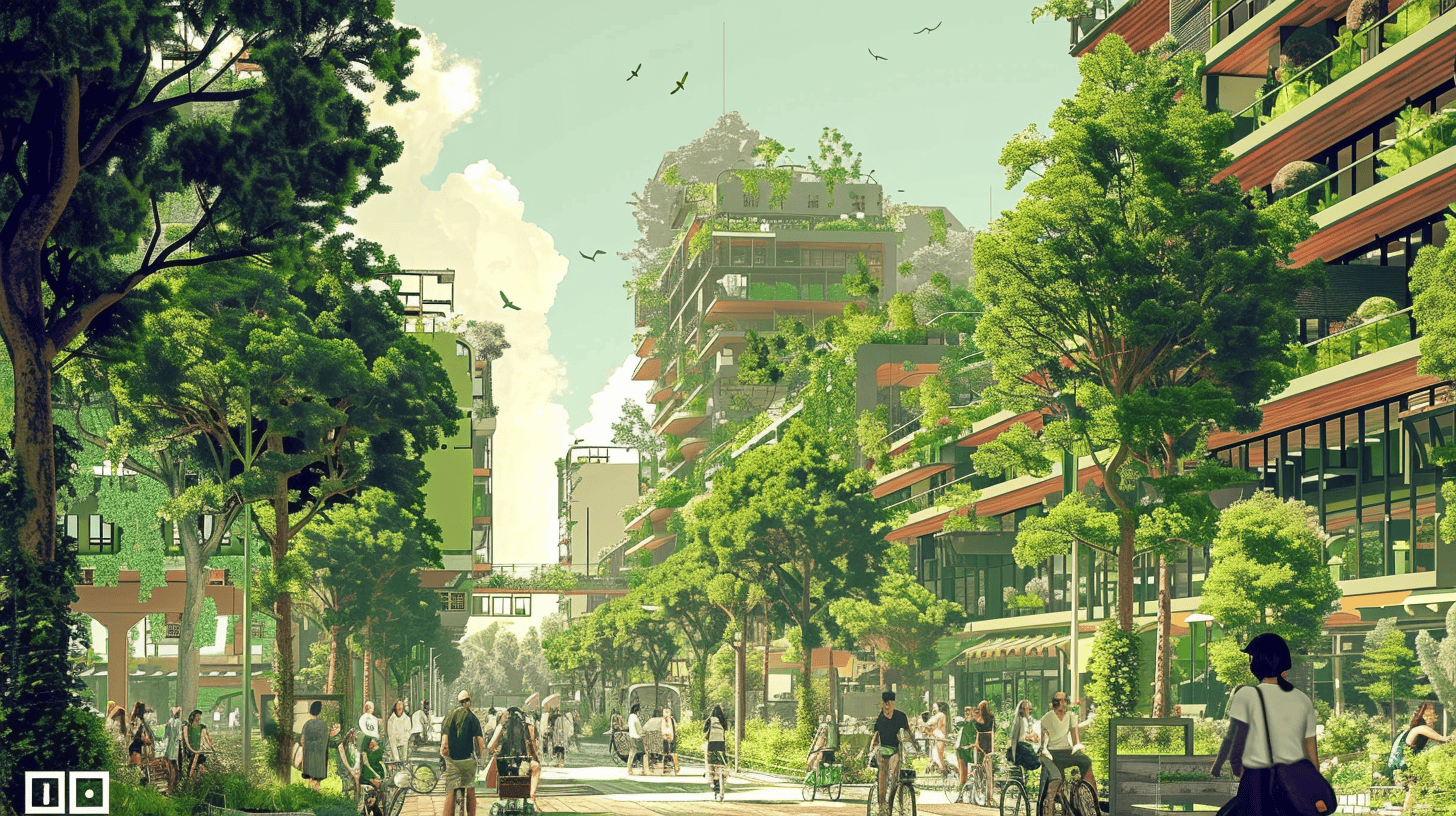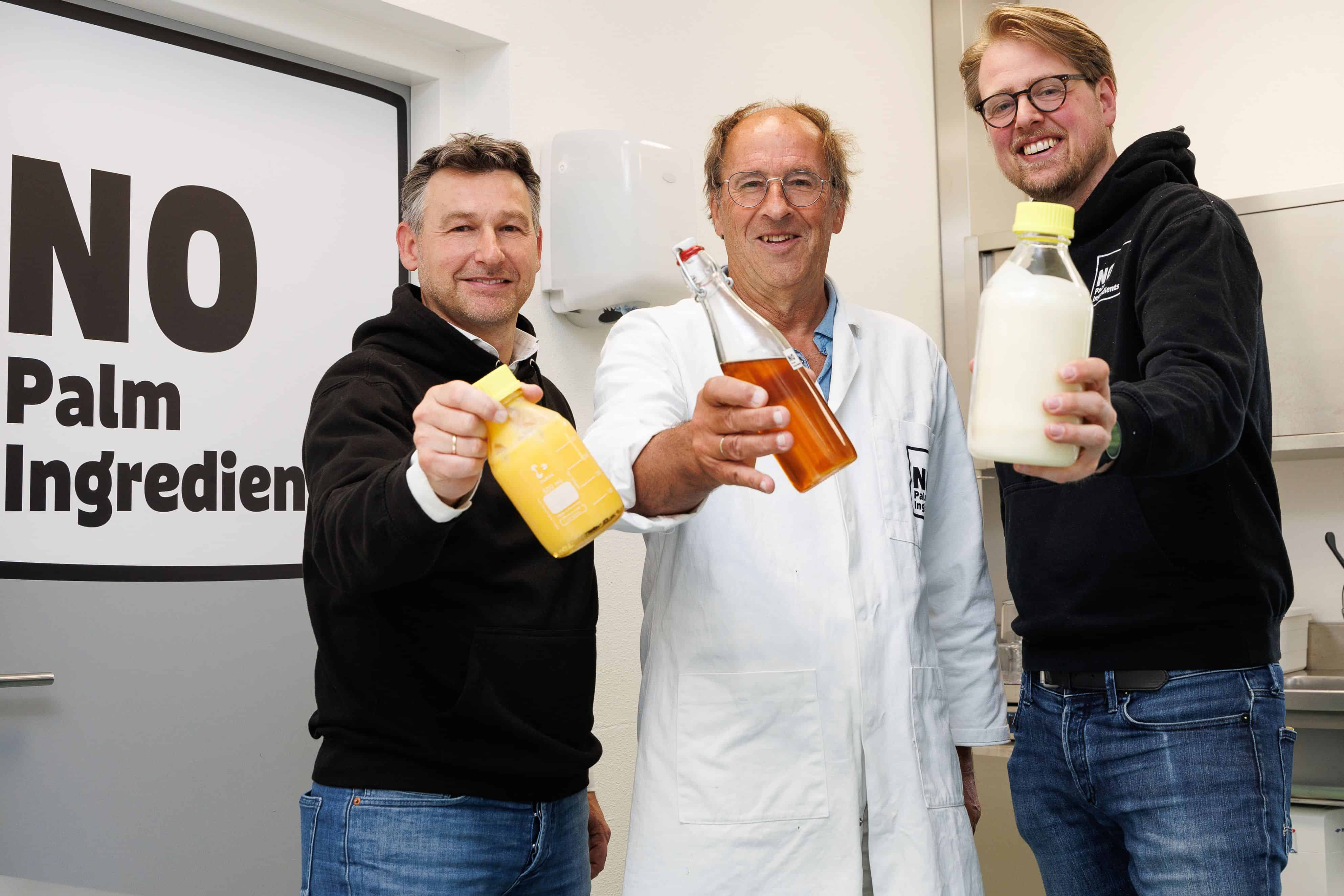
Eemshaven is already being filled with them and they account for approximately 5% of the national energy consumption: data centres. Because of the strong growth of the internet and everything connected with it, more and more capacity is needed, but how can you do this in a sustainable way? To give a good example, the company EcoRacks has, therefore, opened the first ‘Data Centre of the Future’ on Friday in Eindhoven.
EcoRacks uses Immersed Computing in this data centre. This technology was developed by the Haarlem company Asperitas and can make data centres more sustainable and efficient. Instead of using air cooling, the hardware is immersed in an oil that provides the cooling. 98% of the power used by IT is then converted into another form of energy by means of a heat exchanger: hot water. The plan is to use this ‘waste product’ to heat houses and buildings in the immediate vicinity.
Besides the fact that this method of cooling is more economical and therefore better for the environment, more hardware can also be placed in a smaller space, says Leon Lips of Asperitas. “The product was originally designed for large cloud vendors but is also very suitable for smaller parties. This is because you need fewer large spaces. With air cooling, you can store a maximum of 6kW of equipment per rack, while with this technology that is 30kW.
Founder of EcoRacks Willem Jan Withagen, he is very happy with his new data centre: “We are the first in the world to have such a thing. We are now using energy more sparingly and can also offer our customers a better price. According to Withagen, this technology is also cheaper, but for him, this is certainly not just about money. “At first, I thought, “This will never work. But as an industry, we are on a threshold. We really do need to be more modest with energy. For us, the Eindhoven people, it must be the drive to stimulate innovative things like this. We boast about 5% of Dutch energy consumption in data centres. If I can do that differently with an innovative solution, then I am happy to do so.
The hot water that remains after cooling the servers is now still lost, but within not too long Withagen wants to use this to heat houses and buildings. “It is already economically more efficient, the next step is to do something for the environment. The neighbour very much wants to connect his underfloor heating to it and we are going to see how we can deliver that.” If Withagen gets his way, it doesn’t stop with his neighbour and the whole neighbourhood can be heated by his data centre.
Below is a demonstration of how ‘Immersed Computing’ works.








